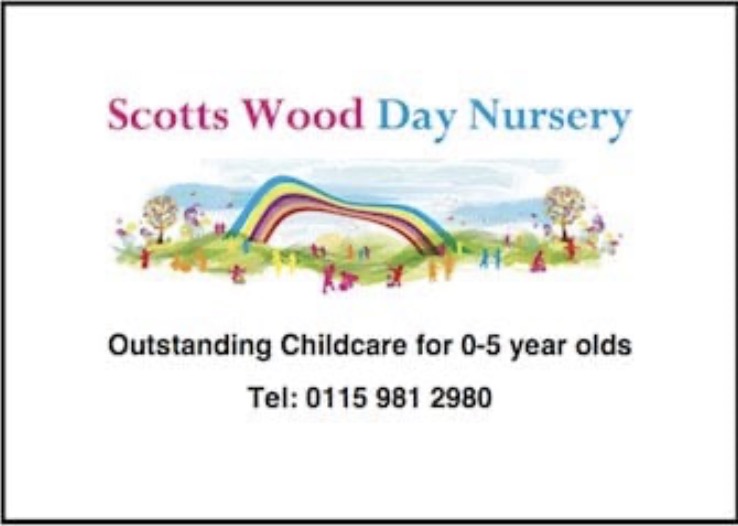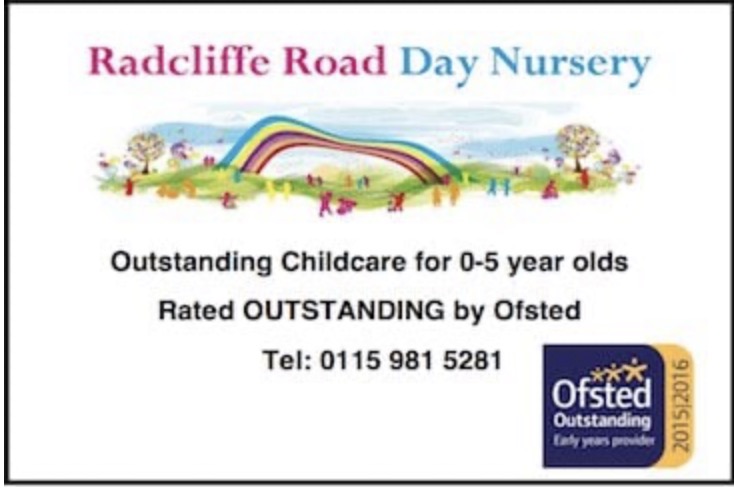A young woman who suffered a life-changing injury in the Smiler rollercoaster crash at Alton Towers, resulting in a leg amputation and years of rehabilitation, has become the latest ambassador to join the National Rehabilitation Centre (NRC).
Leah Washington-Pugh was just 17 years old at the time of the incident in June 2015 when two rollercoaster carriages collided, seriously injuring all four of the front-row passengers.
Leah had to have her left leg amputated above the knee and has experienced the full rehabilitation journey, including having a prosthetic fitted and learning to walk again.
Now 27, Leah is a keen advocate for rehabilitation and was delighted to be asked to be an ambassador for the brand-new NRC – a 70-bed rehab facility run by Nottingham University Hospitals NHS Trust (NUH), which aims to transform rehabilitation in the UK and will be the first of its kind in the NHS.
Leah said: “The NRC is amazing; it’s a beautiful building that doesn’t feel like a hospital. It’s bright and airy, and the views are incredible too.
“Bridging the massive gap between being in hospital and being at home is really important because that’s the bit that’s so daunting.
“At the moment you have to learn the hard way by just doing it, so to have somewhere to meet that need will be so much better for patients, their families, and wider support network. And it will give everyone a better understanding of rehabilitation before people go home.
“I feel honoured to be asked to be an NRC Ambassador. I’m very lucky that I’ve got support from other amputees, so it’s getting those contacts and friendships which you’re going to need for your journey, and I’m delighted to have the opportunity to help others to do that.”
The brand-new NRC facility is co-located with the Defence Medical Rehabilitation Centre (DMRC) on the Stanford Hall Rehabilitation Estate (SHRE) near Loughborough and will share some of its facilities, including a hydrotherapy suite and a high-tech gait lab.
NUH has developed a pioneering rehabilitation model which means the NRC can deliver more intensive treatments and rehabilitation earlier in a patient’s journey, and the facility is filled with cutting-edge technology and a bespoke and highly skilled workforce to support patients.
The NRC is able to take patients from the age of 16, with no upper age limit, as eligibility is based on an individual’s rehabilitation potential.
Miriam Duffy, NRC Director, said: “We are delighted that Leah, who is already a great champion for rehabilitation, has decided to become an NRC Ambassador.
“Leah is absolutely right that having a good support network and great rehabilitation treatment, as well as the attitude to keep going, is what will enable our patients to continue to live life to the full as Leah does.
“We’re all looking forward to working with Leah as we welcome our very first patients to the NRC and support them on their own recovery journeys.”
Leah now lives independently with her husband, Joe, and their dog in Barnsley and owns her own beauty business. She explained that her message to anyone coming to the NRC, particularly younger patients, is to keep going and stick with it.
She said: “Rehabilitation is not an easy journey, it’s tough, but with the right support you’ll get through it.
“I live a pretty normal life and can do what my friends can do, but that is down to good rehabilitation, being consistent, and keeping up with it.
“I found that as soon as you stop it’s harder to start again, as it feels like starting afresh. So, stick with it; I know it’s hard, but stick with it.”
Following the rollercoaster crash, Leah was taken to Royal Stoke University Hospital, where she spent the first 24 hours in a coma in intensive care. Once she was awake, her rehabilitation journey started almost immediately, with physiotherapists working with her by her bedside to get her body moving.
Then, in the coming days and weeks, once she was able to get to the gym in a wheelchair, Leah’s clinicians focused on weight training to strengthen her hips, to build movement in her stump, to strengthen her other leg, and to build up muscles in her left arm, which was numb for the first six weeks after the accident.
After eight weeks, Leah was able to go home to Barnsley, but she found this was one of the most challenging moments in her recovery journey.
She said: “When you’re in hospital everything is flat and safe. But we went home to a semi-detached family home with steps, with no adaptations, and we just had to manage. It was like a slap in the face and such a shock.
“For me, my parents were also trying to navigate the change to my body and the things that they now needed to help me with, as well as the things they thought they needed to help me with but which I wanted to find my own way of doing.
“I spent most of the time upstairs in my bedroom for the first six weeks because that’s where the bathroom was, and where my bed was, which was quite isolating, until I got confident at home again.”
Leah’s rehabilitation continued with physiotherapy several times a week at her home, which then progressed to her being able to go swimming and to a specialist gym.
However, Leah describes her rehabilitation journey as really starting when she was fitted with a prosthetic leg and had to learn to walk again.
She said: “It was learning a new life and adjusting to an addition to myself. Once I got rid of my crutches, it felt like a new lease of life, and I was off! I was able to try new things, got a running blade, and went cycling; things began to feel normal again.”
• Country’s first NHS National Rehabilitation Centre in Rushcliffe heralds new era









